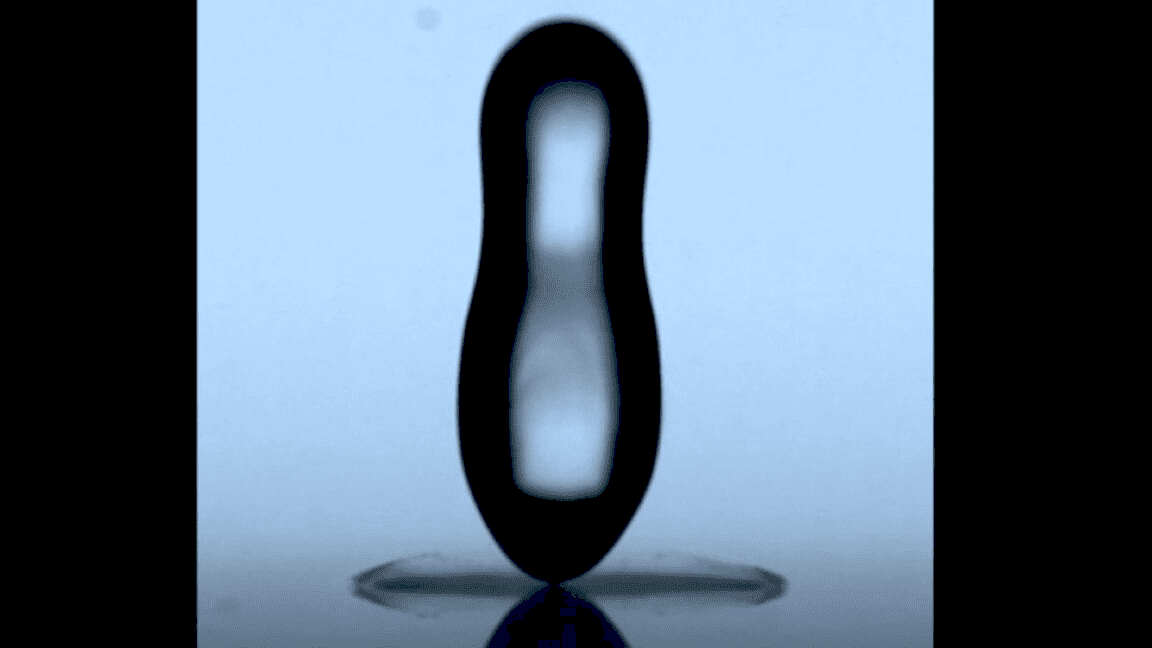Fake dairy products are gaining popularity due to health, environmental, and ethical reasons. The production process involves using plant-based ingredients, with notable brands like Oatly and Alpro leading the market. Despite their benefits, fake dairy products face challenges such as nutritional concerns and market oversaturation.
Introduction to Fake Dairy
Fake dairy products are rapidly gaining popularity as a viable alternative to traditional dairy. These products, often made from plant-based ingredients, aim to replicate the taste and texture of dairy while providing various benefits. With the rise of veganism, lactose intolerance awareness, and environmental concerns, the demand for fake dairy is on the rise.
How Fake Dairy Products Are Made
The production of fake dairy involves various processes tailored to mimic the properties of traditional dairy. Common ingredients include nuts, soy, coconut, and oats, which are blended, strained, and fortified with vitamins and minerals. For example, almond milk is created by soaking almonds, blending them with water, and then straining out the solids. The result is a creamy, dairy-like beverage that is often enriched with calcium and vitamin D to match traditional milk’s nutritional profile.
Nutritional Differences
When comparing the nutrition of fake dairy to traditional dairy, there are notable differences. Fake dairy products often have lower calories and fat content, making them appealing to health-conscious consumers. However, they may also lack certain nutrients found in dairy, such as protein and calcium. For instance, a cup of almond milk contains about 1 gram of protein, compared to the 8 grams found in cow’s milk. Additionally, many fake dairy options are fortified to enhance their nutritional value, but it’s crucial for consumers to read labels to understand what they are consuming.
Environmental Benefits
Fake dairy products offer significant environmental benefits compared to their traditional counterparts. Dairy farming is resource-intensive, requiring large amounts of water, land, and feed, and it contributes to greenhouse gas emissions. In contrast, the production of plant-based fake dairy typically uses fewer resources and generates lower emissions. For example, producing almond milk generally requires less water than the amount needed for cow’s milk. By choosing fake dairy, consumers can reduce their environmental footprint and support sustainable food practices.
Impact on Animal Welfare
Fake dairy products significantly impact animal welfare by reducing the need for dairy farming. Traditional dairy operations often involve practices that many consider inhumane, such as confinement and separation of calves from their mothers. In contrast, fake dairy production eliminates the need for animals altogether. By choosing plant-based alternatives, consumers can actively support a shift away from animal exploitation.
Moreover, fake dairy products contribute to a compassionate food system. For instance, brands like Oatly and Alpro focus on creating dairy alternatives without animal suffering. The growing popularity of these products signals a broader societal shift towards ethical consumption.
In summary, the rise of fake dairy not only provides a delicious alternative but also promotes a more humane approach to food production. By opting for these products, consumers can make choices that align with their values regarding animal rights.
Health Benefits
Fake dairy products offer several health benefits, making them an attractive choice for many consumers. For starters, many fake dairy options are lower in saturated fats compared to traditional dairy products. This can be particularly beneficial for individuals looking to manage their cholesterol levels or maintain a healthy weight.
Additionally, many fake dairy products are fortified with essential vitamins and minerals. For example, almond milk and soy milk often contain added calcium and vitamin D, mimicking the nutritional profile of cow’s milk. This fortification helps individuals who may be lactose intolerant or allergic to dairy to still receive necessary nutrients without consuming animal products.
Furthermore, incorporating fake dairy into one’s diet can support a plant-based lifestyle, which is linked to numerous health advantages, including reduced risks of heart disease and certain cancers. Studies suggest that plant-based diets are rich in antioxidants, fiber, and other beneficial compounds.
In conclusion, fake dairy not only satisfies cravings for creamy textures and flavors but also provides a range of health benefits. Consumers can enjoy the taste while making choices that positively impact their health.
Consumer Acceptance
Consumer acceptance of fake dairy products has grown dramatically over recent years. Initially, many people were skeptical about the taste and quality of these alternatives. However, as more brands enter the market and improve their recipes, the perception of fake dairy has shifted positively.
Surveys indicate that a significant percentage of consumers are willing to try plant-based dairy alternatives. Factors contributing to this acceptance include increased awareness of lactose intolerance, health consciousness, and a desire for sustainable food options. Many consumers are now actively seeking out fake dairy products as part of a balanced diet.
Popular brands like Ripple and Chobani have played a crucial role in this shift by producing high-quality alternatives that appeal to a wide audience. Their marketing strategies often highlight the health benefits and ethical considerations of choosing fake dairy, resonating with consumers.
In summary, consumer acceptance of fake dairy is on the rise, driven by improved product quality and growing awareness of health and ethical issues. As more people discover the benefits of these alternatives, the future of fake dairy looks promising.
Popular Fake Dairy Products
Fake dairy products have become increasingly popular, with many brands innovating to meet consumer demands. Some of the most recognized fake dairy brands include:
- Oatly: Known for its oat milk, Oatly has carved a niche for itself with products that appeal to coffee lovers and health-conscious consumers.
- Alpro: This brand offers a variety of plant-based milks, yogurts, and creamers made from soy, almonds, and coconut.
- Ripple: Specializing in pea protein milk, Ripple has gained attention for its creamy texture and high protein content.
- Chobani: Originally a yogurt brand, Chobani now produces oat milk and has embraced the fake dairy trend.
- Silk: Silk is well-known for its soy and almond milk, providing consumers with a range of options for dairy alternatives.
These brands have effectively marketed their products, emphasizing health benefits, sustainability, and ethical considerations. The variety in flavors and formulations has made fake dairy appealing to a wider audience, ensuring that consumers have choices that suit their preferences and dietary needs.
Economic Implications of Fake Dairy
The shift towards fake dairy products carries significant economic implications. As consumer demand for plant-based alternatives grows, traditional dairy farmers may face challenges. The rise in fake dairy products could lead to:
- Market Disruption: Traditional dairy sales may decline as more consumers opt for fake dairy, affecting dairy farmers’ income.
- Job Shifts: The fake dairy industry may create new jobs in production, marketing, and distribution, while potentially reducing jobs in conventional dairy farming.
- Investment Opportunities: Companies producing fake dairy are attracting investment, leading to innovation and growth in the sector.
- Government Policies: Policymakers may need to adapt to support farmers transitioning to sustainable practices or diversifying their products.
In summary, the economic landscape is evolving as fake dairy products gain traction. Stakeholders across the food industry must consider these changes and adapt to meet the new consumer preferences.
Downsides and Controversies Surrounding Fake Dairy
While fake dairy products offer numerous benefits, they are not without downsides and controversies. Some concerns include:
- Nutritional Concerns: Fake dairy products may lack essential nutrients found in traditional dairy, such as protein and calcium, unless fortified. Consumers should be mindful of their nutritional intake.
- Environmental Issues: Although fake dairy typically has a smaller carbon footprint, some plant-based ingredients (like almonds) require significant water resources, raising questions about sustainability.
- Consumer Misinformation: Some consumers may mistakenly believe that all fake dairy products are healthy, leading to poor dietary choices.
- Market Saturation: The rapid growth of fake dairy could lead to market oversaturation, making it difficult for consumers to distinguish between high-quality and subpar products.
Addressing these concerns is essential for the continued growth and acceptance of fake dairy products. Transparency in labeling, responsible sourcing, and consumer education will play vital roles in navigating the complexities surrounding this emerging market.





